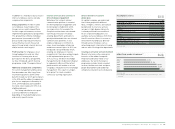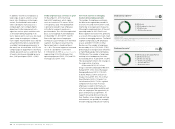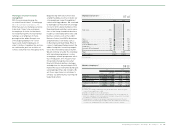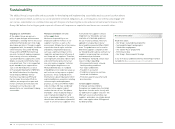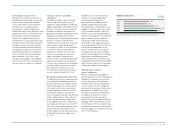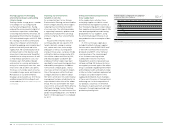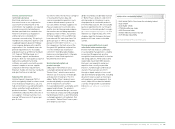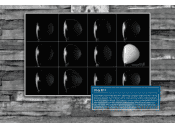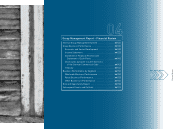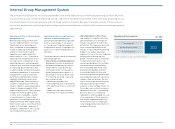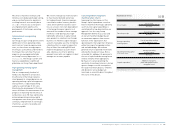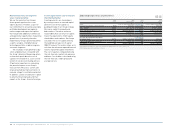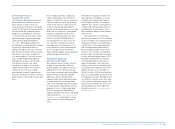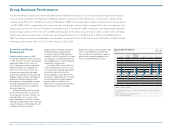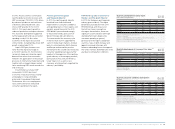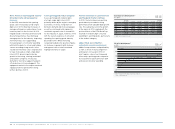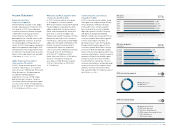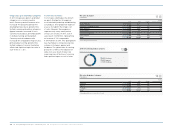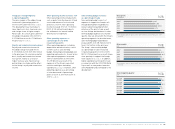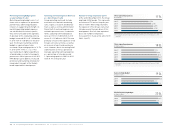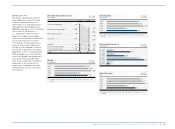Reebok 2010 Annual Report Download - page 131
Download and view the complete annual report
Please find page 131 of the 2010 Reebok annual report below. You can navigate through the pages in the report by either clicking on the pages listed below, or by using the keyword search tool below to find specific information within the annual report.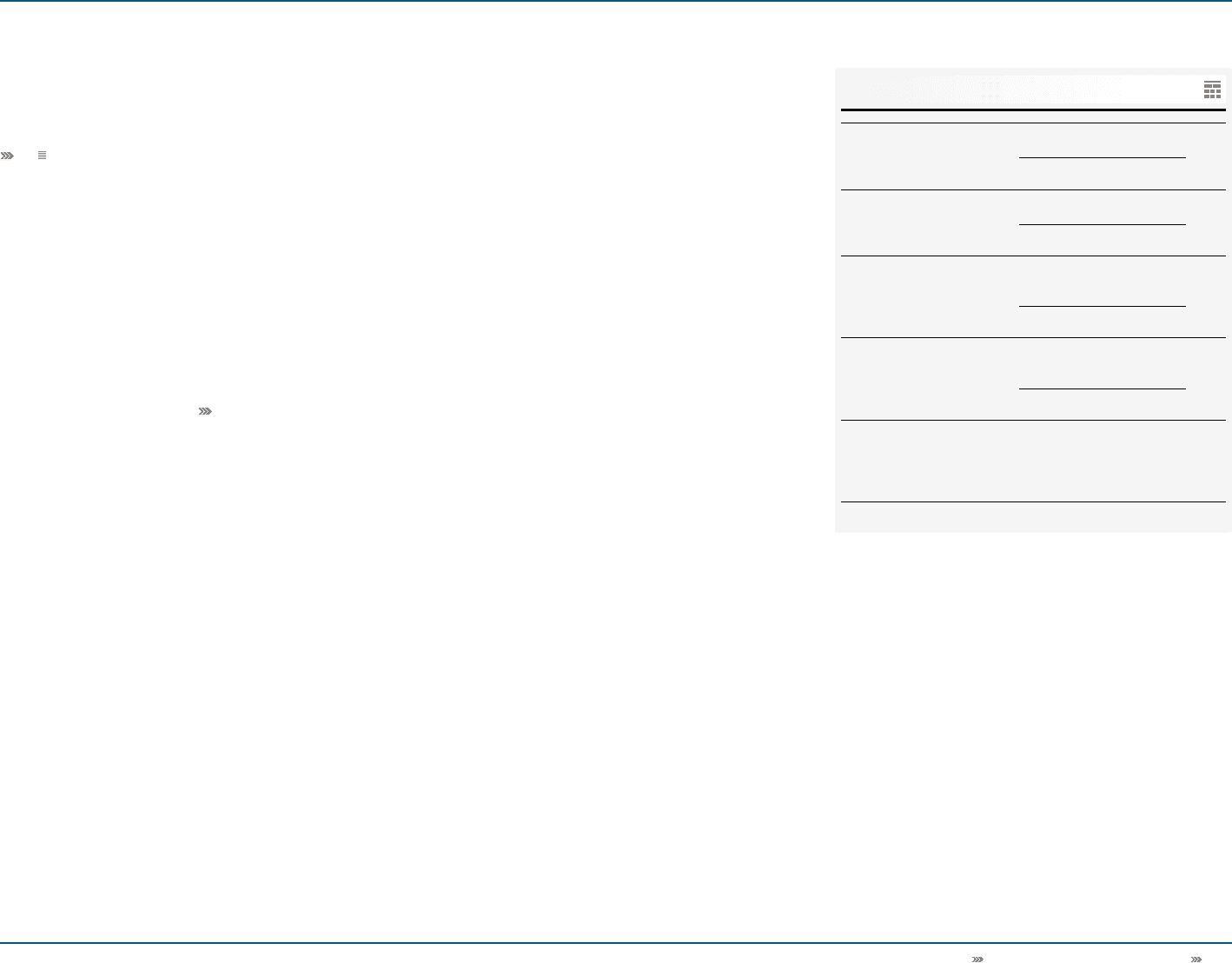
Group Management Report – Financial Review Internal Group Management System 127
Key financial metrics
1) Excluding acquisitions and finance leases.
02
We strive to maximise revenues and
minimise costs by detailed target setting,
and we constantly monitor deviations
in rolling forecasts on a monthly basis
see 03. If necessary, action plans
are implemented to optimise the
development of the Group’s operating
performance.
Optimisation of non-operating
components
Our Group also puts a high priority on the
optimisation of non-operating compo-
nents such as financial expenses and
taxes, as these items strongly impact
the Group’s cash outflows and therefore
the Group’s free cash flow. Financial
expenses are managed centrally by
our Group Treasury department see
Treasury, p. 146. The Group’s current and
future tax expenditure is optimised
globally by our Group Taxes department.
Tight operating working capital
management
Due to a comparatively low level of
fixed assets required in our business,
the efficiency of the Group’s balance
sheet depends to a large degree on our
operating working capital management.
Our key metric is operating working
capital as a percentage of net sales.
Monitoring the development of this key
metric facilitates the measurement of our
progress in improving the efficiency of
our business cycle. We have significantly
enhanced operating working capital
management over recent years through
continuous improvement of our Group’s
inventories, accounts receivable and
accounts payable.
We strive to manage our inventory levels
to meet market demand and ensure
fast replenishment. Inventory ageing is
controlled to reduce inventory obsoles-
cence and to optimise clearance activi-
ties. As a result, stock turn development
is the key performance indicator as it
measures the number of times average
inventory is sold during a year, high-
lighting the efficiency of capital locked
up in products in relation to our Group’s
business. To minimise capital tied up in
accounts receivable, we strive to improve
collection efforts in order to reduce the
Days of Sales Outstanding (DSO) and
improve the ageing of accounts receiv-
able. Likewise, we strive to optimise
payment terms with our suppliers to best
manage our accounts payable.
Capital expenditure targeted to
maximise future returns
Improving the effectiveness of the
Group’s capital expenditure is another
lever to maximise the Group’s operating
cash flow. Our capital expenditure is
controlled with a top-down, bottom-up
approach: In a first step, Group
Management defines focus areas and
an overall investment budget based
on investment requests from various
functions of the organisation. Our
operating units then align their initiatives
within the scope of assigned priorities
and available budget. We evaluate
potential return on planned investments
utilising the net present value. Risk is
accounted for, adding a risk premium to
the cost of capital and decreasing future
revenue streams where appropriate.
By means of scenario planning, the
sensitivity of investment returns is tested
against changes in initial assumptions.
For large investment projects, timelines
and deviations versus budget are
monitored on a monthly basis throughout
the course of the project.
Gross margin Gross profit
= × 100
Net sales
Operating margin Operating profit
= × 100
Net sales
Average operating
working capital
Sum of operating working
capital at quarter-end
=
4
Operating working capital
in % of net sales
Average operating
working capital
= × 100
Net sales
Capital expenditure 1 ) =
Additions of property,
plant and equipment plus
intangible assets


